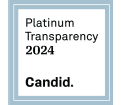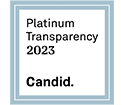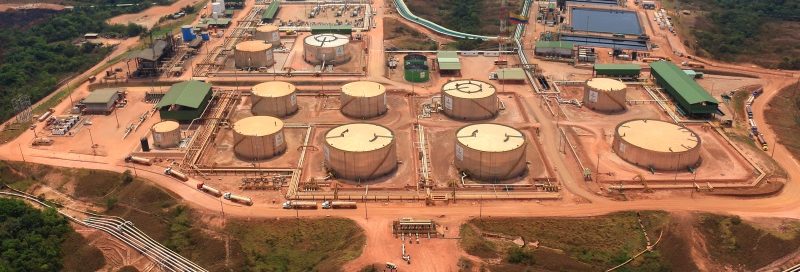
As with wood products, diamonds, and coffee, there are responsible and irresponsible ways to explore for and produce oil and natural gas. Responsible oil is produced using practices that respect the rights and wishes of local communities, provide an equitable share of the economic benefits with those communities, and minimize environmental impacts. Some oil and gas companies already use responsible practices, but too many don’t. At Equitable Origin (EO), our mission is to make responsible oil the industry norm rather than the exception.
Our mission began five years ago, when we set out to define exactly what responsible oil and gas exploration and production meant. We consulted academics, community leaders, Indigenous Peoples groups, government regulators, and oil and gas companies, often bringing together parties that had been in direct opposition to each other for years. The result was the world’s first set of independent social and environmental performance standards for oil and gas development: the EO100 Standard. The EO100 Standard, like any product of collaboration and compromise, offers benefits to all involved. Communities receive greater influence over development decisions and better access to companies. Companies reduce their risk of community opposition, accidents, and regulatory noncompliance. The environment benefits from more conscientious practices and investments in protective and restorative actions.
Once we had established and vetted the E100 Standard, we had to figure out how to apply it and, more importantly, how to certify that operations that claimed to adhere to the provisions of the standard were actually doing so. As we tackled this challenge, we held two values above all others: independence and transparency. We knew we needed to demonstrate our own commitment to openness as we asked oil and gas companies to open their sites and practices for us to evaluate. We defined EO as a private, social benefit corporation (which later became a certified B Corp), and pledged not to accept funding from oil and gas companies or any other corporations. We made every aspect of our business, from our governance structure to our certification process fully transparent and available to the public. We built checks and balances into our certification process, including audits by third-party firms and an open invitation for any interested party to directly submit comments, complaints, and appeals . As we built the EO system, we kept focus on our goal of improving oil and gas development practices at the local level and decided to only certify specific oil and gas development sites instead of companies.
With a rigorous set of voluntary standards in place and clear guidelines for how to implement them and verify compliance, the last piece of the EO puzzle was our first certified oil or gas production site. After no small amount of time and effort, we reached that milestone just a few days ago, certifying the Quifa and Rubiales oil fields in Colombia operated by Pacific Rubiales Energy. The certification of this site, the source of a quarter of Colombia’s 1-million-barrel daily production, represents the previously theoretical concept of voluntary and independently-verified standards for responsible oil and gas production becoming a reality.
We’re proud to have certified 250,000 barrels per day of responsible oil, but it’s only a tiny fraction of global oil and natural gas gas production. World demand for energy from oil and gas is climbing, and production will continue to increase to meet that demand, with development sites expanding ever deeper into fragile human communities and natural areas. At EO, we’re determined to certify one site at a time, until every cubic inch of natural gas is responsible gas and every drop of crude is #ResponsibleOil.



